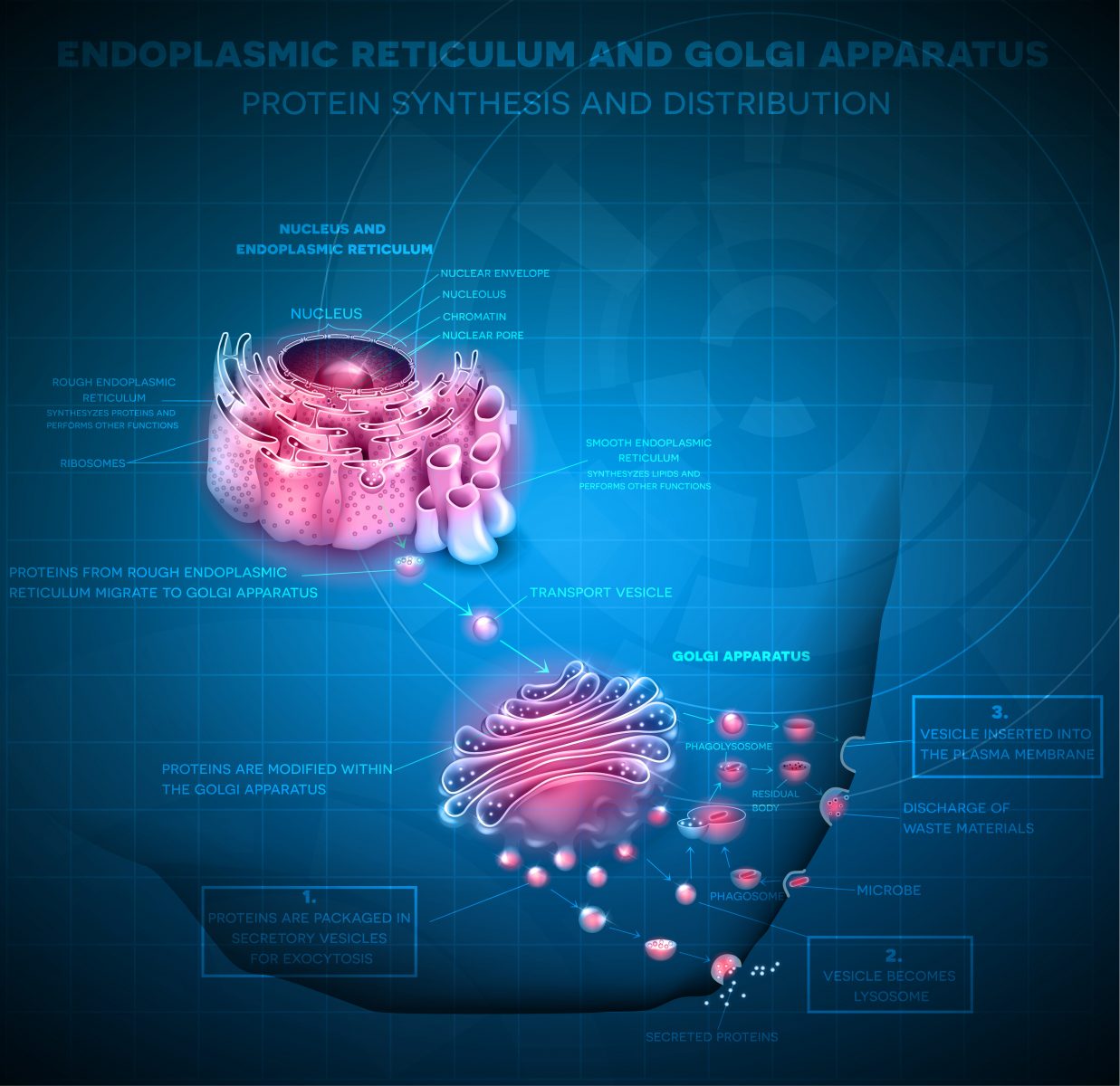Researchers Find New Molecular Pathway Driving Pulmonary Fibrosis, Mouse Study Shows

Researchers identified a molecular pathway called ER stress, and a molecular factor known as PI3K, as promoters of pulmonary fibrosis in mice. This research suggests that PI3K and ER stress inhibitors are potential therapeutic options for pulmonary fibrosis.
The study reporting the findings, “Involvement of ER stress, PI3K/AKT activation, and lung fibroblast proliferation in bleomycin-induced pulmonary fibrosis,” was published in the journal Scientific Reports.
Proliferation of fibroblasts and accumulation of extracellular matrix are the two hallmarks that characterize pulmonary fibrosis, but the mechanisms that underlie the disease are still elusive.
Inside our cells lies an organelle called endoplasmic reticulum (ER), which is responsible for the folding and sorting of proteins. So, in agreement with its important functions, impairments to ER function – a condition known as ER stress – are associated with several conditions, including cancer, diabetes, obesity and inflammation.
More recently, researchers reported that “ER stress is also involved in lung fibrosis through the control of fibroblast proliferation and myofibroblastic differentiation,” the researchers wrote. But “the precise mechanism by which ER stress is involved in lung fibrosis remains poorly understood.”
Using the bleomycin-induced pulmonary fibrosis mouse model, researchers first observed that bleomycin treatment (which induces fibrosis) increased ER stress activation. Moreover, they found that bleomycin-induced pulmonary fibrosis was attenuated with ER stress inhibitors.
Researchers then performed further experiments to identify the molecular players that underlie the link between bleomycin-induced pulmonary fibrosis and ER stress. They used lung fibroblasts and were able to pinpoint a specific molecular pathway — mediated by PI3K/AKT and its downstream molecule, the mammalian target of rapamycin (mTOR) — as being responsible for activating ER stress.
The team showed that ER stress and PI3K/AKT pathway are associated in promoting pulmonary fibrosis. The use of ER stress inhibitors reduced fibrosis and decreased the levels of AKT and mTOR in vivo.
Finally, researchers showed that administering ER stress inhibitors or a PI3K inhibitor to mice with bleomycin-induced pulmonary fibrosis improved pulmonary function.
Overall, “treatment with ER stress inhibitors or a PI3K inhibitor caused a reduction in fibroblast proliferation and improved pulmonary function,” the team concluded.
Nonetheless, “the relationship between PI3K/AKT/mTOR and ER stress in pulmonary fibrosis, and the application of PI3K inhibitors and ER stress inhibitors in the treatment of pulmonary fibrosis require further investigation,” the researchers added.






